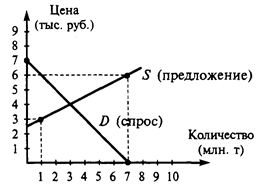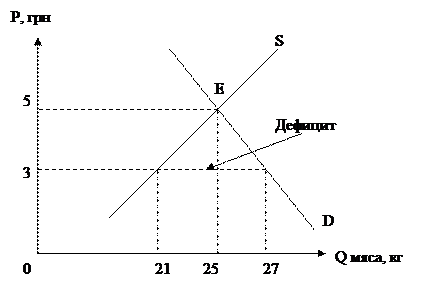Grimm’s Law
The Germanic languages, to which our attention must now turn, are usually divided into three groups: East Germanic, one of which was spoken by the Gothic conquerors of Rome in the early fifth century but none of which now survives; North Germanic, including Swedish and Danish (East Scandinavian) and Norwegian and Icelandic (West Scandinavian); and West Germanic, to which Old English belongs. It would appear that the people whose descendants were to speak these languages did not pronounce certain consonants in the same way as most speakers of Indo-European, because all the Germanic languages are distinguished by certain consonant changes which were first formulated by the great German linguist and fairy-tales collector Jacob Ludwig Grimm. The earliest statement of the shift was given in Grimm’s work German Grammar, which was published in 1822 and is called Grimm’s Law. It is also known as the First or Proto-Germanic consonant shift. Fig.3 “The First Consonant Shift (Grimm’s Law)” As can be seen from the table, correspondences between Indo-European (non-Germanic) and Germanic consonants had three periods which Grimm called acts. Act 1. Indo-European voiceless stops p, t, k correspond to Germanic voiceless fricatives f, p (0), h. Act 2. Indo-European voiced stops b, d, g correspond to Germanic voiceless stops p, t, k. Act 3. Indo-European voiced aspirated stops bh, dh, gh correspond to Germanic voiced stops without aspiration b, d, g. It should be noted that not all correspondences stated in Grimm’s law are equally clear. In the first place, we cannot find fully convincing examples to illustrate the correspondence IE b - Gmc p. However, for some unknown reason, the consonant p is very rare in native Germanic words. The examples we give (Russ. слабый - Goth. slepan, E. sleep and Russ. болото - E. pool), though the meanings do not fully coincide, can be considered satisfactory. Things are more difficult as concerns the last group of correspondences (IE voiced aspirated stops - Gmc. voiced stops). Voiced aspirated stops are actually only found in Sanskrit, whereas in the other Indo-European (non-Germanic) languages we find either voiceless fricatives (as in Latin and Greek) or unaspirated voiced stops (as in Russian). It is the custom to take Sanskrit as the representative of Indo-European languages, supposing that Sanskrit has preserved the original state of the consonant. A special difficulty attaches to the very last item of the first consonant shift, namely the correspondence of IE gh and Gmc g. In this case we do not find the corresponding words in Sanskrit. A voiced aspirated stop gh is only reconstructed on the basis of the correspon-dence between Latin h (hostis) and Germanic g (Goth. gasts). As to the connection between the meanings ‘enemy’ and ‘guest’, it is very easily established on the ground of the original meaning ‘foreigner’, which developed in two different directions: (1) ‘hostile foreigner’ - ‘enemy’, (2) ‘friendly foreigner’ - ‘guest’. The High German branch of the West Germanic Languages, from which Modern Standard German descends, is distingwished from those groups which include the ancestors of English and Frisian and of Dutch and Flemish by another consonant shift called the second. The results are seen in the differences between Old English (OE) and Old High German (OHG) set out here:
|




